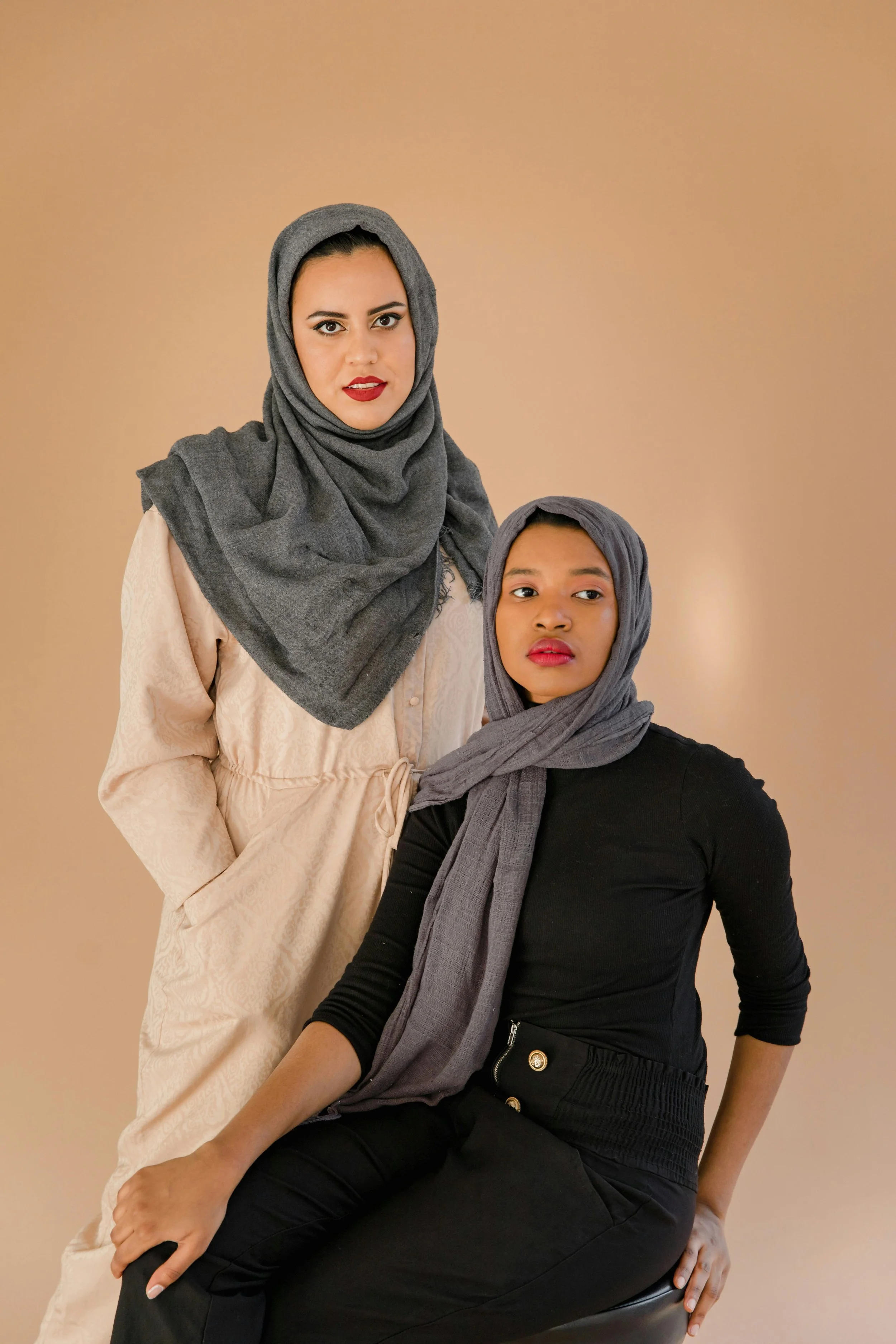Loving a Person Publicly: Queer Paranoia from The Middle East to the West
By Karina Zae
Coming from a household where affection was often kept behind closed doors, the smallest acts of intimacy were seen as taboo. Innuendos and metaphors were created purely to get around the topic, and any suggestion of intimacy created a great sense of unease in me. I grew up not having seen my own parents do more than hug each other briefly, or my father kissing my mother's cheek – their most intimate moment in front of us.
Verbal affection was also uncommon; words like I love you were not often used outside of a familial context, and even then they were scarcely and stingily handed out. Admiration for a partner's qualities or physical appearance was not something done in the comfort of one's living room, let alone done or seen in the outside world.
To break down a topic such as this to its core one must consider many aspects. The first was religion. We were taught that intimacy is to be kept between a cis-gendered heterosexual married man and woman. Culturally and socially, the matter seems to shift based on the general mentality at the time, often influenced by the political and economic position of a country. The cultural standards are often seen reflected in art and film: in the early 1940s until the late 1960s, physical and verbal affection, nudity, and even instances of kisses between women were seen on the mainstream silver screen during Egypt's golden age of cinema.
Following that, the rise of the ‘clean cinema’ was pushed forth, reflecting the proposed societal shift to subjects pertaining to retaining the ‘morals of the Egyptian family’ by removing any instance that might be seen as inducing depravity or posing a threat by being explicit. For a while, I rejected my affection for others, suppressed any notion of the sensuality I felt inside me, and prioritised my religion. I believed one could not exist alongside the other. But in rejecting such large parts of myself, I also lost parts of my faith. With the state of my household coupled with the normalised media, I did not find that affection had a place in my life. I didn't know what it was like to love another person publicly, let alone my lesbian lover.
When you take a step back and observe the general state of normalised public displays of affection you see that it did exist in many different forms. Men in the gulf would walk around with arms interlocked, touching noses was seen as a greeting and a way to show respect, and groups of girlfriends cuddling in sleepovers and embracing each other intimately at malls and cafes was a common occurrence. Physical affection between friends like hand-holding or linking arms wasn't an uncommon sight. But as a queer person, I lived with the paranoia that people around me could see through the intention of my actions.
At first, I thought that the cloak of socially acceptable intimacy would ease the worry, that I could gain a small sense of normalcy in my sapphic relationship. But soon enough, the intrusive thoughts that the strangers could see clearly that this hug or hand-holding was not just platonic, that it carried the weight of all the love I carried for the person in front of me, flooded my mind. I could not adequately express my love with so many restrictions. I look back at myself then and try to remember the panic that would shoot through my body, that would sit in my chest and coat the inside of my throat for hours when I caught someone glancing at my fingers interlocked with my partner’s.
Moving abroad to the West, I found myself struggling with any public display of affection from hand-holding to feeding my partner a bite of my food across the table. It made me paranoid. ‘What if someone who knows my parents sees us?’ I would often think to myself obsessively, looking over my shoulder. This made it hard to fully experience my partner.
I often felt selfish. Now that we had no physical or legal restrictions, I should have been able to give them what I couldn't in the past. I felt as though I was depriving my partner of the affection they deserved. I feared I would never be comfortable expressing my affection publicly, that the shame of platonic or romantic affection outside my bedroom would linger over me casting a tint over any of my relationships. Kissing on Ferris wheels, walking hand in hand, or embracing my partner at an airport while picking them up after months apart were things that I craved to do but struggled to act on.
I chose to unlearn what I had seen my parents do – or rather not do. My upbringing did not nurture a person who says I love you easily, as I so scarcely heard it. It did not create a person who easily sits on laps or holds hands and sways to music at bars. I think the more comfortable I got with my queerness, coupled with my religious practice, the more I accepted my nature, myself, and the intense and overwhelming love I carried inside me. I wanted to act on it and express it.
Through the relentless growing pains over the years, I've learned to hold hands after having trained myself that paranoia is just that. I've learned to give little pecks in Tesco aisles, to embrace passionately at airports and kiss goodbye at train stations. But the fear hasn't fully disappeared and the sorrow that I will never be able to show the stars in the sky of my own home how deeply I can love someone deepens.

